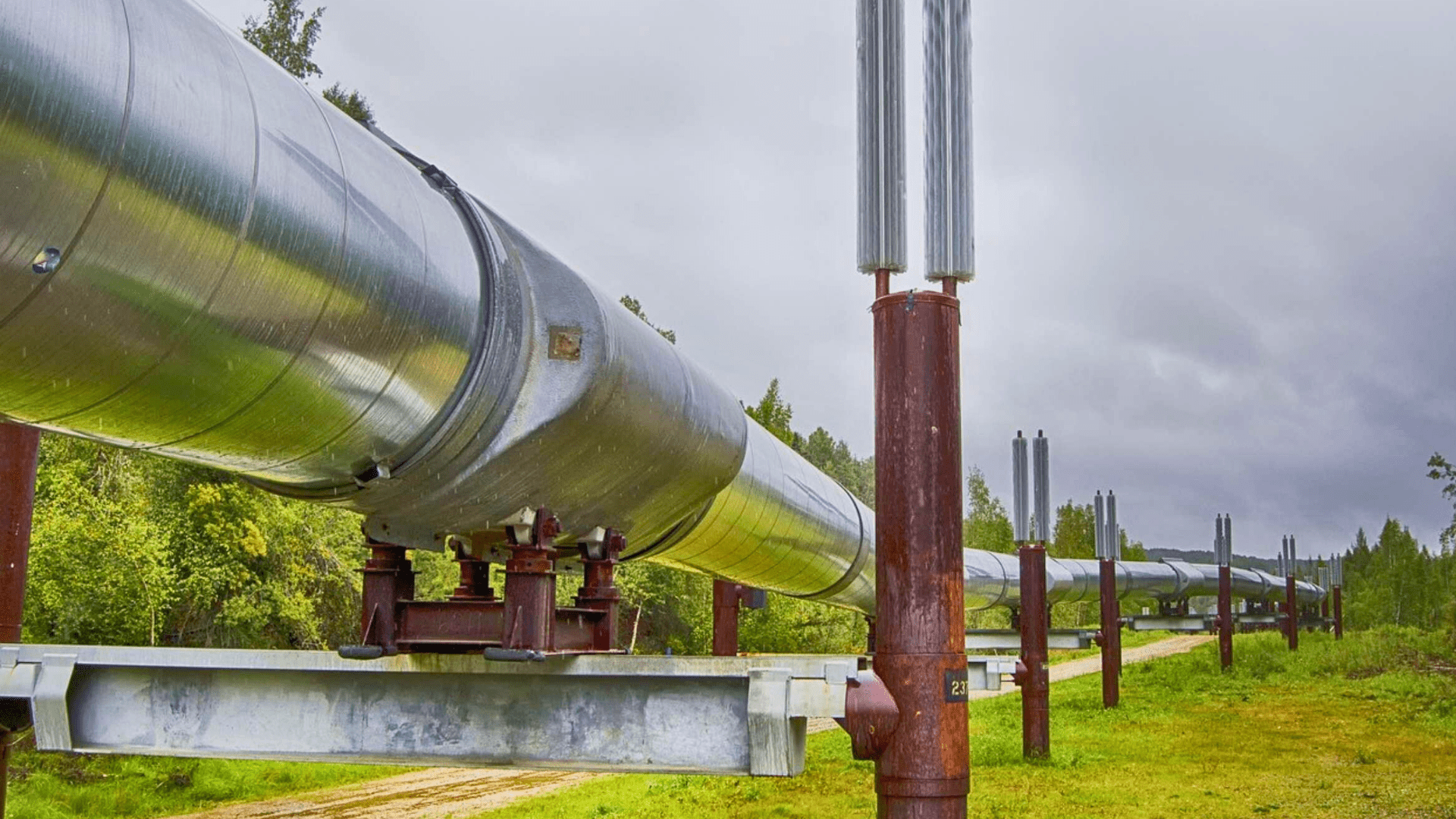Researchers at the University of Saskatchewan are studying how hydrogen affects steel pipelines, particularly how it causes brittleness and cracks in the metal. Using synchrotron radiation, they captured 3D images of hydrogen-induced damage, revealing that the microstructure of steel plays a crucial role in how hydrogen is absorbed and distributed. Their findings aim to improve the design of pipelines to safely transport hydrogen, which is critical as the world shifts toward cleaner energy sources.
Improving Steel Pipelines for Safe Transport of Hydrogen
Hydrogen is increasingly gaining attention as a promising energy source for a cleaner, more sustainable future. Using hydrogen to meet the energy demands for large-scale applications such as utility infrastructure will require transporting large volumes via existing pipelines designed for natural gas.
But there’s a catch. Hydrogen can weaken the steel that these pipelines are made of. When hydrogen atoms enter the steel, they diffuse into its microstructure and can cause the metal to become brittle, making it more susceptible to cracking. Hydrogen can be introduced into the steel during manufacturing, or while the pipeline is in service transporting oil and gas.
To better understand this problem, researcher Tonye Jack used the Canadian Light Source (CLS) at the University of Saskatchewan (USask) to capture a 3D view of the cracks formed in steels. Researchers have previously relied on two-dimensional imaging techniques, which don’t provide the same rich detail made possible with synchrotron radiation.

Tonye, a PhD candidate in USask’s Department of Mechanical Engineering, and his colleagues studied different pipeline steels and showed that microstructure plays a critical role in how much hydrogen the steel absorbs and how it is distributed in the metal. Their research also revealed that when hydrogen enters the steel while the pipeline is in service, it causes more damage than if introduced during manufacturing or other pre-charging conditions.
The risk of steel failure due to hydrogen embrittlement depends on several factors such as the amount of hydrogen in the steel, the steel’s microstructure, stress conditions, and operating environment. However, Tonye emphasizes that how much hydrogen is retained in the steel and where it accumulates largely dictates its failure behavior.
“We need to know the mechanism of failure and how to mitigate it,” he says.
While catastrophic pipeline failures are rare, his team’s findings are important as industries plan to transport hydrogen gas using high-strength natural gas pipelines. “These findings can help inform the production of safer pipelines,” he says. By refining the microstructure, manufacturers can design steels that are more resistant to cracking and hydrogen embrittlement.
“We tend to look at this as one failure is too many because of their economic importance,” says Tonye. “But the bigger concern is environmental, as pipeline failures can have devastating consequences.”
As society transitions to cleaner fuels, understanding the interaction of hydrogen and steel and mitigating hydrogen embrittlement is crucial to ensuring the safety and reliability of future hydrogen infrastructure, and of great importance to the global energy framework.
More CLS science highlights
The Canadian Light Source (CLS) is a national research facility of the University of Saskatchewan and one of the largest science projects in Canada’s history. More than 1,000 academic, government and industry scientists from around the world use the CLS every year in innovative health, agriculture, environment, and advanced materials research.
The Canada Foundation for Innovation, Natural Sciences and Engineering Research Council, Canadian Institutes of Health Research, the Government of Saskatchewan, and the University of Saskatchewan fund CLS operations.
This press release is provided for informational purposes only. TomorrowsWorldToday.com is not responsible for the content, terms, or administration of Canadian Light Source’s (CLS) promotions. Please refer Canadian Light Source to for the most accurate and up-to-date information. Tomorrow’s World Today may receive an affiliate commission if you purchase an independently reviewed product or service through a link on our website.







